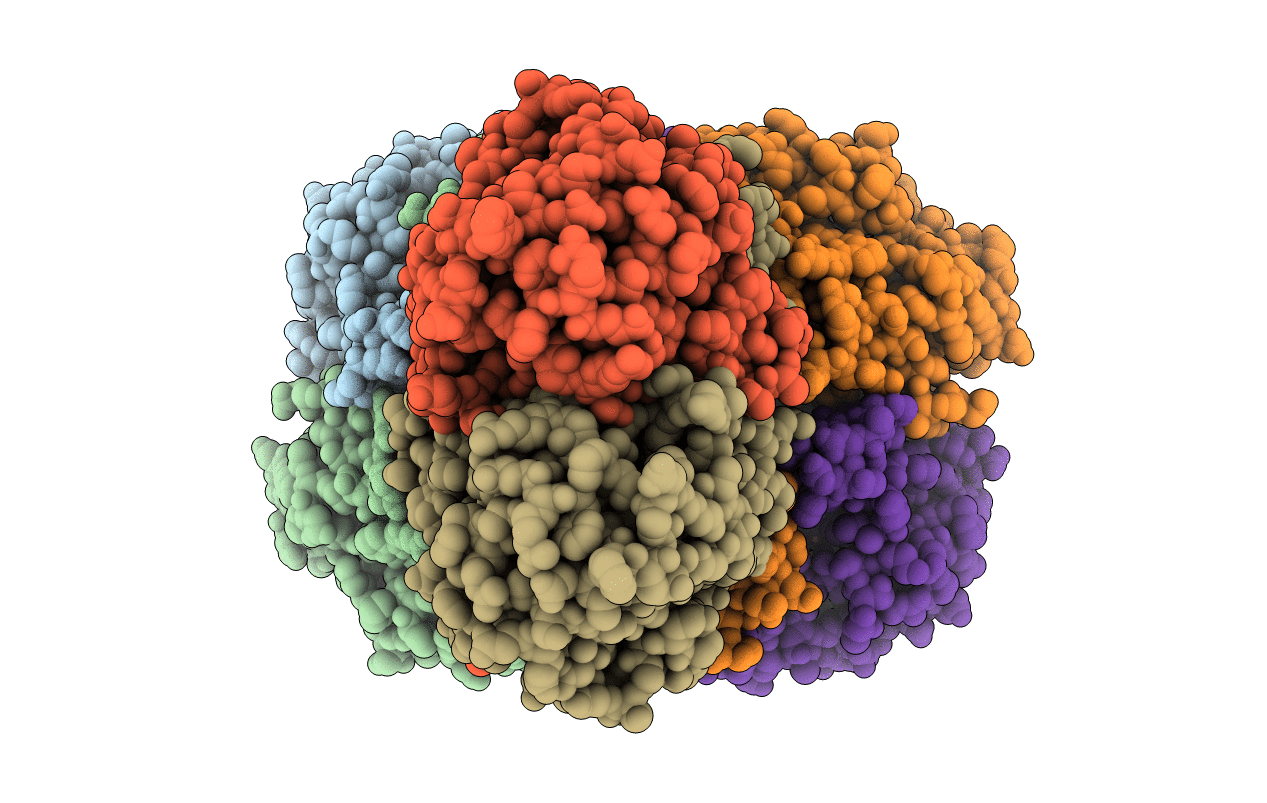
Deposition Date
2008-04-30
Release Date
2008-10-14
Last Version Date
2024-10-30
Entry Detail
PDB ID:
3D03
Keywords:
Title:
1.9A structure of Glycerophoshphodiesterase (GpdQ) from Enterobacter aerogenes
Biological Source:
Source Organism:
Enterobacter aerogenes (Taxon ID: 548)
Host Organism:
Method Details:
Experimental Method:
Resolution:
1.90 Å
R-Value Free:
0.22
R-Value Work:
0.18
R-Value Observed:
0.18
Space Group:
P 21 21 21


